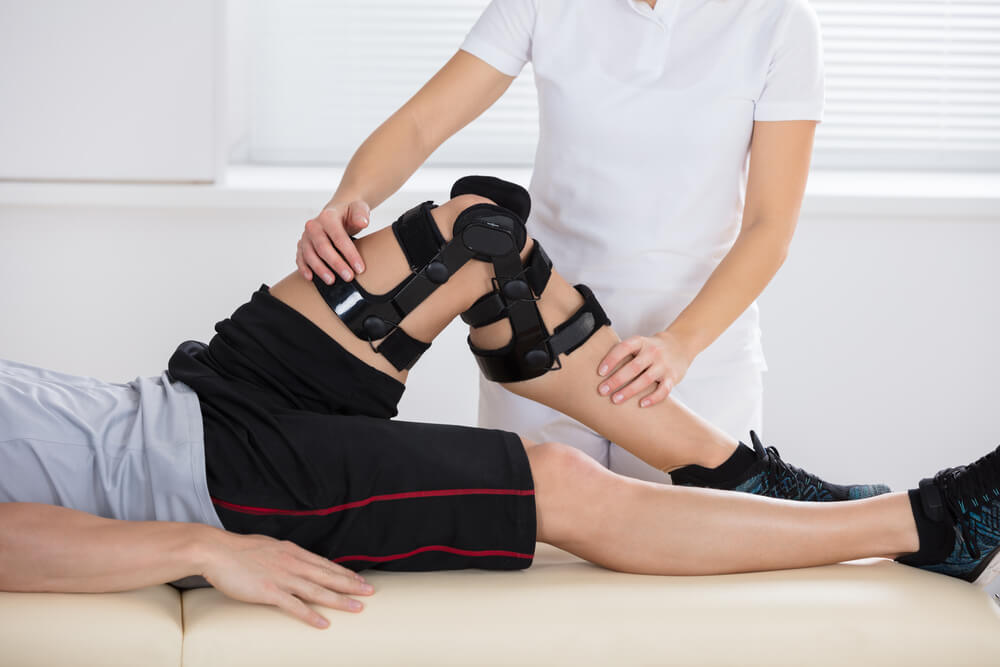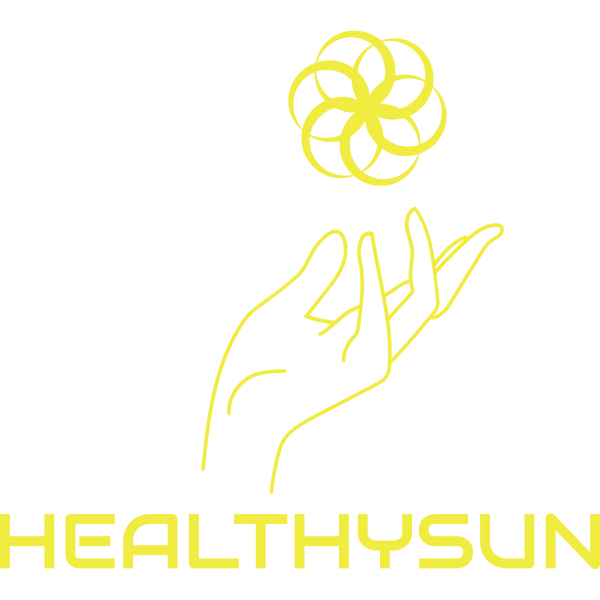
Bouncing Back Stronger: Functional Training for Post-Injury Rehabilitation
Share
Suffering an injury can be a setback, but it doesn't have to derail your fitness journey entirely. In fact, strategic rehabilitation exercises can not only help you recover from injury but also build strength, stability, and resilience. Functional training, in particular, focuses on movements that mimic real-life activities and can be highly effective for post-injury rehabilitation. Let's explore how functional training can aid in recovery and help you bounce back stronger than ever.
Understanding Functional Training
Functional training emphasizes movements that are practical and relevant to everyday life, rather than isolating individual muscles or body parts. These exercises often involve multiple muscle groups working together to improve strength, stability, balance, and flexibility. By incorporating functional movements into your rehabilitation program, you can enhance functional capacity and regain mobility and functionality more effectively.
Restoring Range of Motion
After an injury, it's common to experience stiffness and limited range of motion in the affected area. Functional exercises that focus on joint mobility and flexibility can help restore normal range of motion and reduce stiffness.
Example: Shoulder injuries may benefit from exercises like arm circles, and shoulder rolls to improve mobility and flexibility in the shoulder joint.
Rebuilding Strength and Stability
Injuries often result in muscle weakness and imbalances, which can compromise stability and increase the risk of reinjury. Functional exercises that target the entire kinetic chain can help rebuild strength and stability, restoring balance and function.
Example: Ankle injuries may benefit from exercises like calf raises, single-leg balance exercises, and resistance band ankle dorsiflexion to strengthen the muscles surrounding the ankle joint and improve stability.
Improving Proprioception and Balance
Proprioception, or the body's awareness of its position in space, is crucial for injury prevention and rehabilitation. Functional exercises that challenge balance and proprioception can improve neuromuscular control and reduce the risk of falls and re-injury.
Example: Balance exercises like single-leg stands, stability ball exercises, and BOSU ball exercises can help improve proprioception and balance following lower extremity injuries.
Enhancing Functional Movement Patterns
Functional training emphasizes movements that replicate real-life activities, such as squatting, lunging, pushing, pulling, and twisting. These functional movement patterns help improve coordination, mobility, and overall functional capacity.
Example: Core injuries may benefit from exercises like plank variations, wood chops, and Russian twists to strengthen the core muscles and improve stability and control during dynamic movements.
Gradual Progression and Adaptation
It's essential to progress gradually and adapt exercises to match your current abilities and stage of recovery. Start with basic exercises and gradually increase intensity, load, and complexity as your strength, stability, and mobility improve.
Example: Begin with bodyweight exercises and low-impact movements, then gradually incorporate resistance bands, free weights, and functional movements that mimic the demands of your daily activities.
Conclusion:
Functional training offers a holistic approach to post-injury rehabilitation, focusing on restoring movement, strength, stability, and functionality. By incorporating functional exercises into your rehabilitation program, you can accelerate recovery, reduce the risk of reinjury, and improve overall functional capacity. Remember to consult with a qualified healthcare professional or physical therapist to design a personalized rehabilitation program tailored to your specific needs and goals. With dedication, patience, and the right approach, you can bounce back stronger and regain your active lifestyle after injury.
